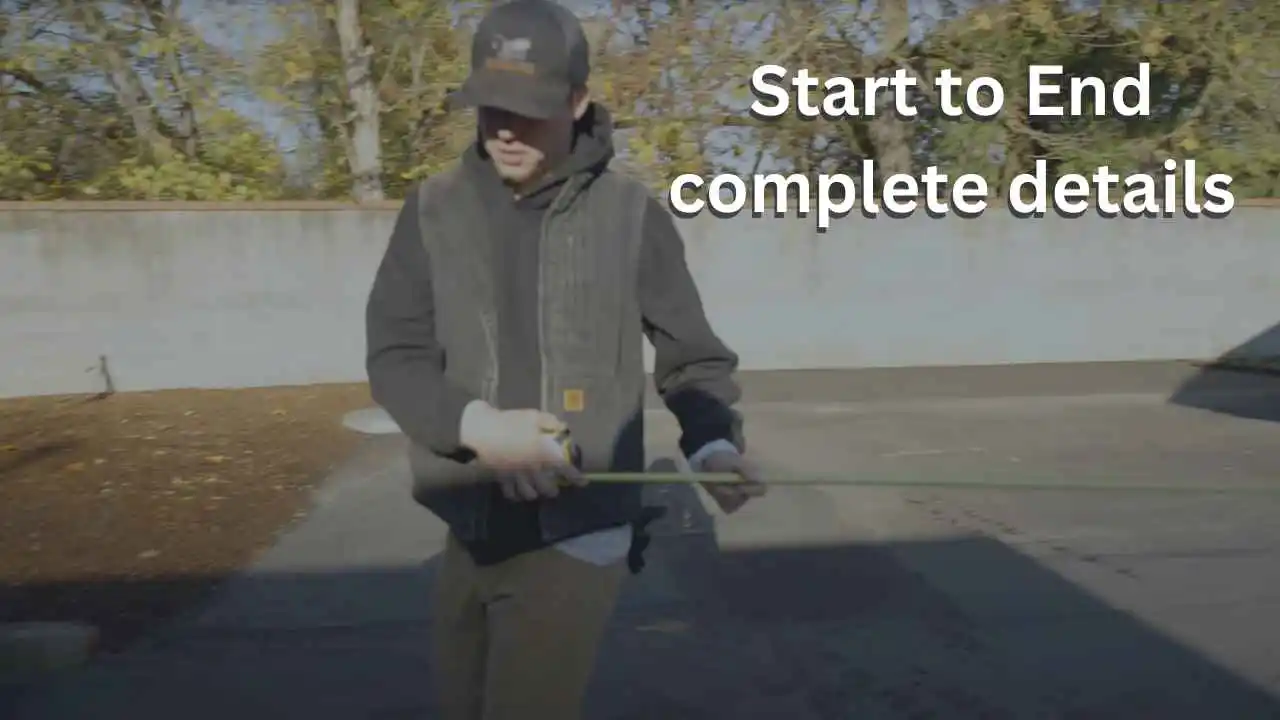

| For those looking to build a professional outdoor pickleball court without investment, Here’s a guide to help you build the perfect court for free. |
| If you’re willing to invest in building a professional outdoor pickleball court, here are 9 steps to help you build the perfect court using paid methods. |
Step 1: Determine Your Space


The first step in building an outdoor pickleball court is to determine the space you have available. A standard pickleball court measures 20 feet wide by 44 feet long, so make sure you have enough space to accommodate these dimensions. It’s also important to ensure that the ground is level and free of any obstacles.
Step 2: Choose Court Surface Materials


Next, you’ll need to choose the surface material for your court. There are a few options to choose from, including asphalt, concrete, and synthetic materials like rubber or plastic. Each option has its pros and cons, so it’s important to do your research and choose the one that best fits your needs and budget.
Step 3: Pick Out Perimeter Fencing
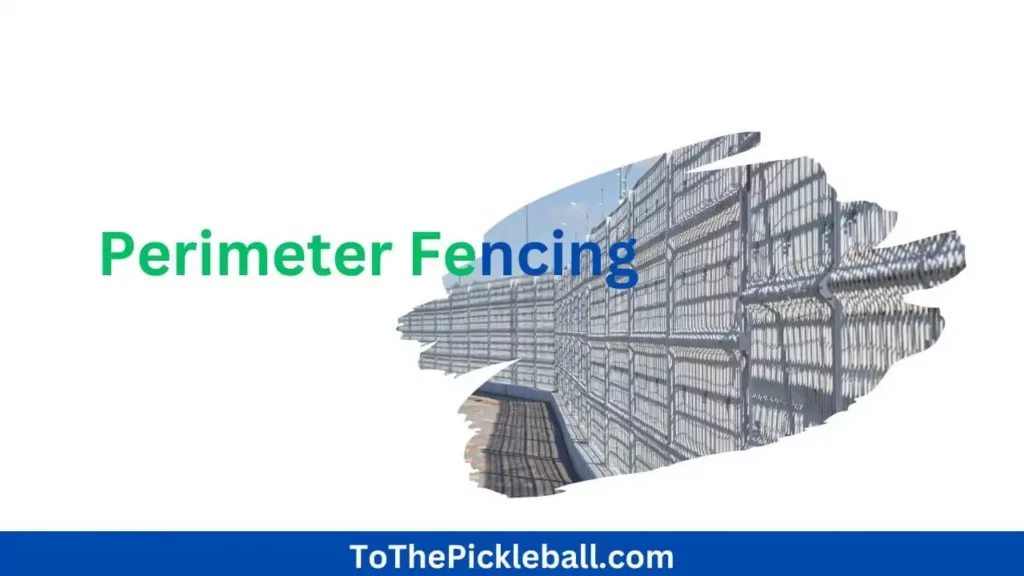

Once you have your court surface material chosen, you’ll need to pick out perimeter fencing. A fence around your court will help keep the ball in play and prevent it from bouncing out of bounds. You can choose from a variety of fencing materials, including chain-link, wood, or vinyl.
Step 4: Equip Your Court with Light


If you plan on playing pickleball at night, you’ll need to equip your court with lighting. There are several options to choose from, including floodlights or LED court lights. Make sure to choose a lighting system that is bright enough to illuminate the entire court and won’t create glare or shadows.
Step 5: Shop Best Pickleball Net


No pickleball court is complete without a net. When shopping for a net, make sure to choose one that is regulation size (22 feet long by 36 inches high) and made from durable materials. You can choose from a variety of net materials, including nylon or polyester.
Step 6: Set Up Your Pickleball Court
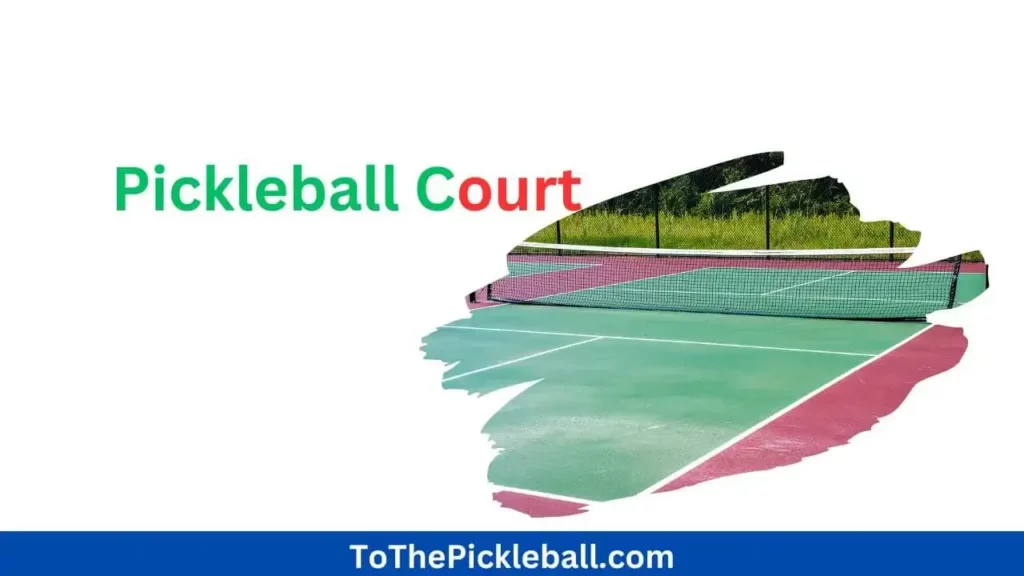

Once you have all your materials, it’s time to set up your pickleball court. If you’re not comfortable doing it yourself, you can hire a professional contractor to help. Make sure to orient your court north-south, and mark the court lines with white paint that is 2 inches wide.
Step 7: Hire a Professional Contractor
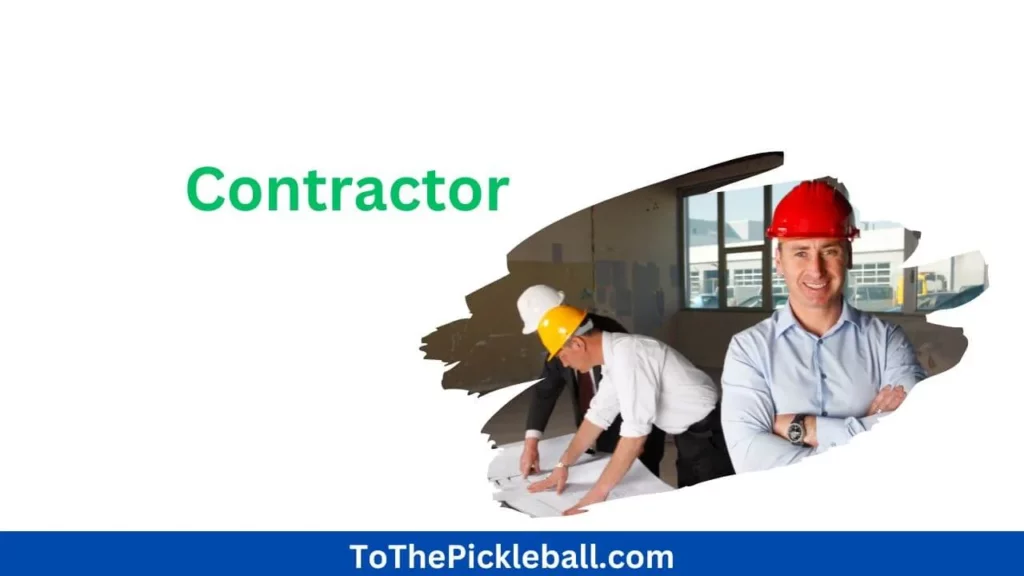

If you’re not comfortable setting up your pickleball court on your own, or if you want to ensure that it’s done right the first time, consider hiring a professional contractor. They will have the necessary tools and expertise to make sure your court is set up correctly.
Step 8: Orient Your Court North-South


When setting up your court, it’s important to orient it in a north-south direction. This will help ensure that the sun doesn’t interfere with your gameplay and create glare or shadows that could affect your visibility.
Step 9: Court Lines Should Be White and 2 Inches Wide
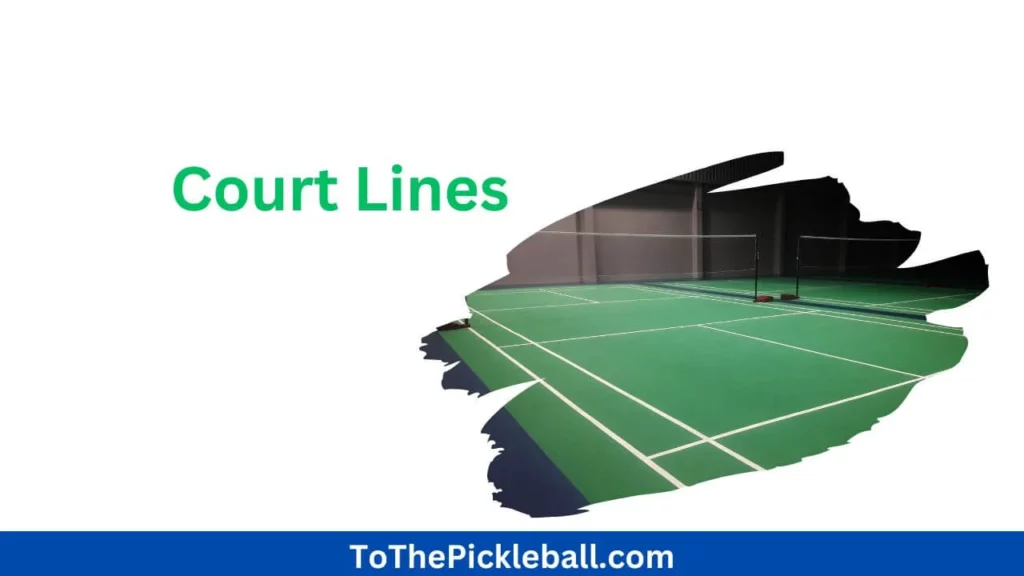

Finally, when marking your court lines, make sure to use white paint that is 2 inches wide. This will ensure that the lines are clearly visible and meet regulation standards.
By following these nine steps, you’ll have a professional-quality outdoor pickleball court that you can enjoy with family and friends. Whether you’re a beginner or an experienced player, having your own court will allow you to practice and play whenever you want, without having to leave the comfort of your own home.
Alert
An important element in building an outdoor pickleball court is to equip it with perimeter fencing, which helps keep the ball in play and prevents it from bouncing out of bounds. When choosing a net for your court, ensure that it is regulation size and made from durable materials such as nylon or polyester. Marking the court lines with white paint that is 2 inches wide will help ensure that they are visible and meet regulation standards.
How to Make a Pickleball Court at Home in 5 Minutes with Chalk or Tape
If you’re a pickleball enthusiast looking to take your game to the next level, you might be interested in creating your own court at home. From Beginner to Pro: Your Ultimate Guide to Mastering Pickleball, it’s possible to create a court in just five minutes using chalk or tape. Here are the steps you need to follow:
Materials: Options for Marking Lines
Before getting started, you’ll need to decide on the material you’ll use to mark your court lines. There are several options to choose from, including chalk, tape, contractor’s blue chalk dust, and vinyl court marker lines. Each option has its pros and cons, so it’s important to choose the one that best fits your needs and budget.
Paddles and Balls, Net and Stands
In addition to marking materials, you’ll also need paddles and balls to play with, as well as a net and stands to set up your court.
Making Your Own Home Pickleball Court
Step 1: Set up the Net
The first step in creating your pickleball court is to set up the net. This should be placed in the center of your playing area and secured in place.
Step 2: Sidelines
Next, mark the sidelines of your court using your chosen material. These should be 22 feet apart.
Step 3: No-Volley Zone
The no-volley zone, or kitchen, should be marked next. This is a seven-foot area on both sides of the net where players are not allowed to hit the ball out of the air. Mark this area using your chosen material.
Step 4: Baselines
Mark the baselines of your court, which are the lines that run parallel to the net and mark the end of the playing area.
Step 5: Draw NVZ
After marking the baselines, draw the no-volley zone or kitchen lines. This should be a line running parallel to the net, seven feet away from it.
Step 6: Service Areas
Next, mark the service areas, which are the areas from which players serve the ball. These should be behind the baseline and between the two sidelines.
Step 7: Other Side
Finally, repeat these steps on the other side of the court to create a full playing area.
Playing at Night? Install Court Lighting
Suggests adding lighting to your pickleball court if you plan to play after dark, to ensure better visibility and safety.
Add Courtside Seating
Recommends adding seating around your court, which can provide a more professional feel and a comfortable viewing experience for spectators.
Keep Your Court Clean
Advises regular sweeping to keep your pickleball court free of debris, which is essential for maintaining the playing surface and preventing tripping hazards.
Have Fun!
With your new pickleball court, you’ll be able to enjoy the game anytime you want. Remember to have fun and stay safe while playing. Avoid These 7 Common Mistakes with Tips from the Pros. Learn how to improve your game and dominate the court with these expert insights.
SUMMARY
Creating a pickleball court at home is easier than you might think. Using chalk or tape, you can create a court in just a few minutes. Once you have your court set up, all you need are paddles and balls, a net and stands, and some willing friends or family members to play with.






